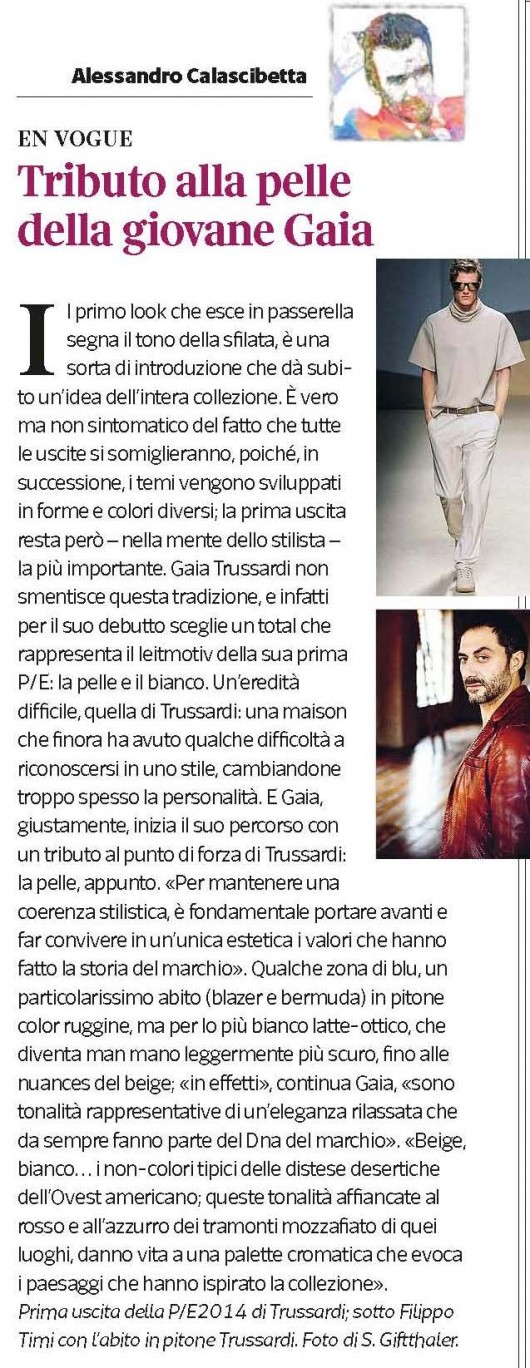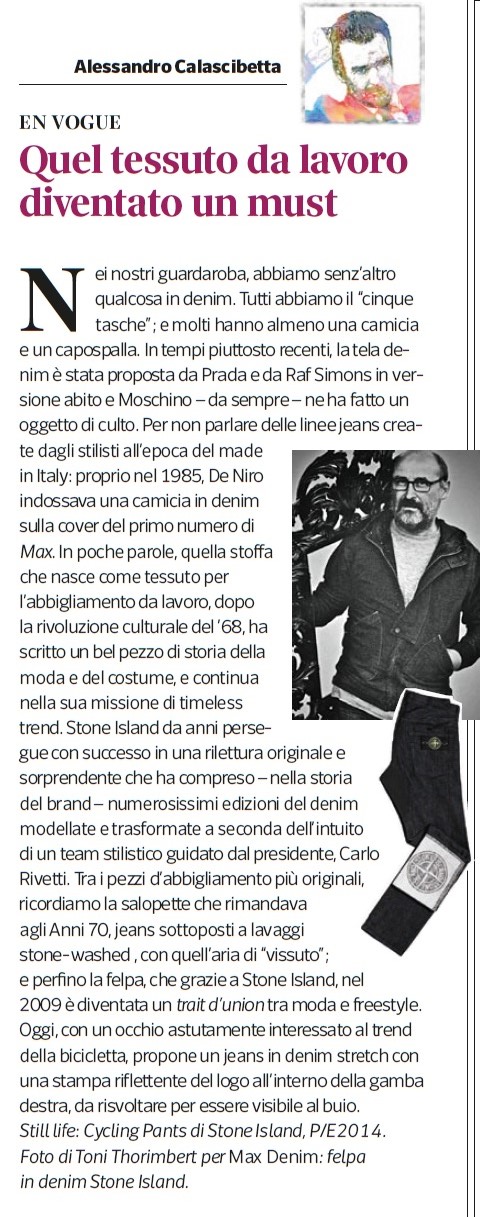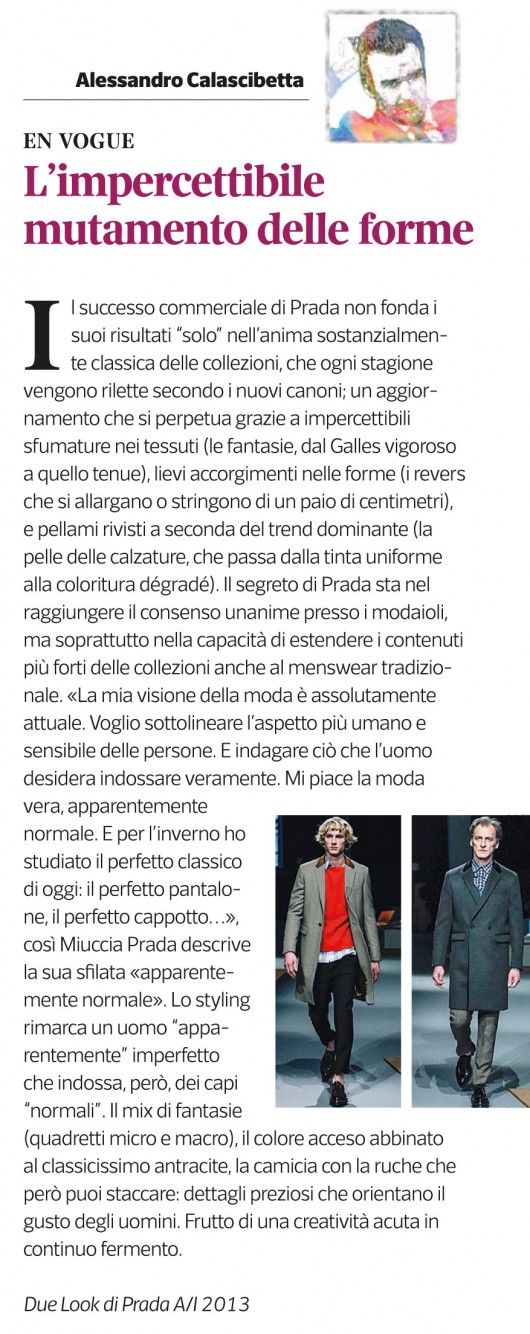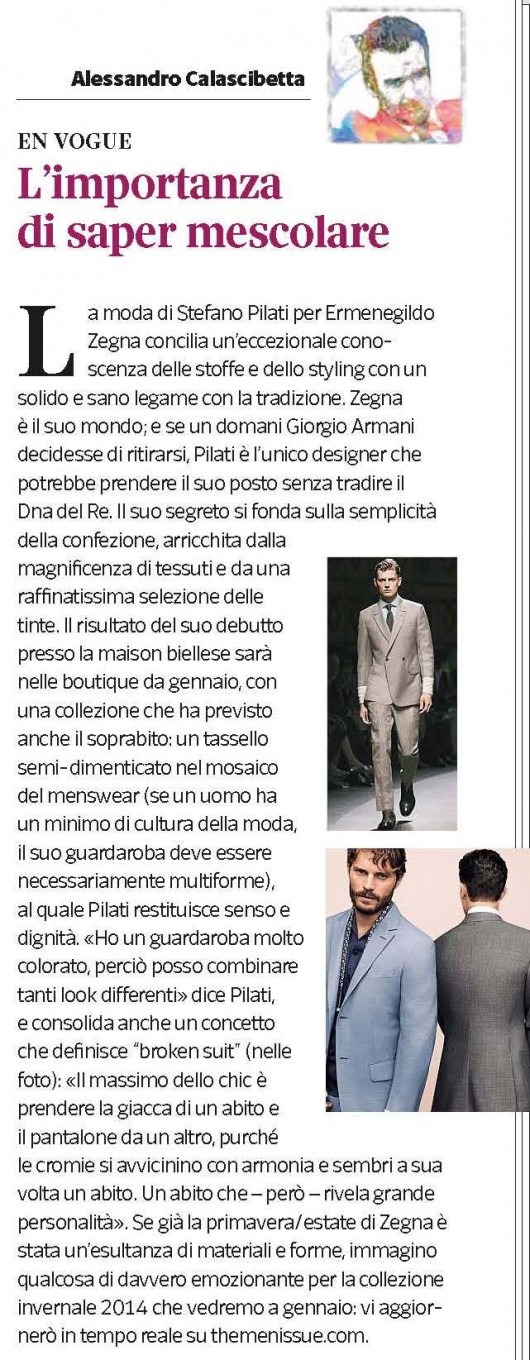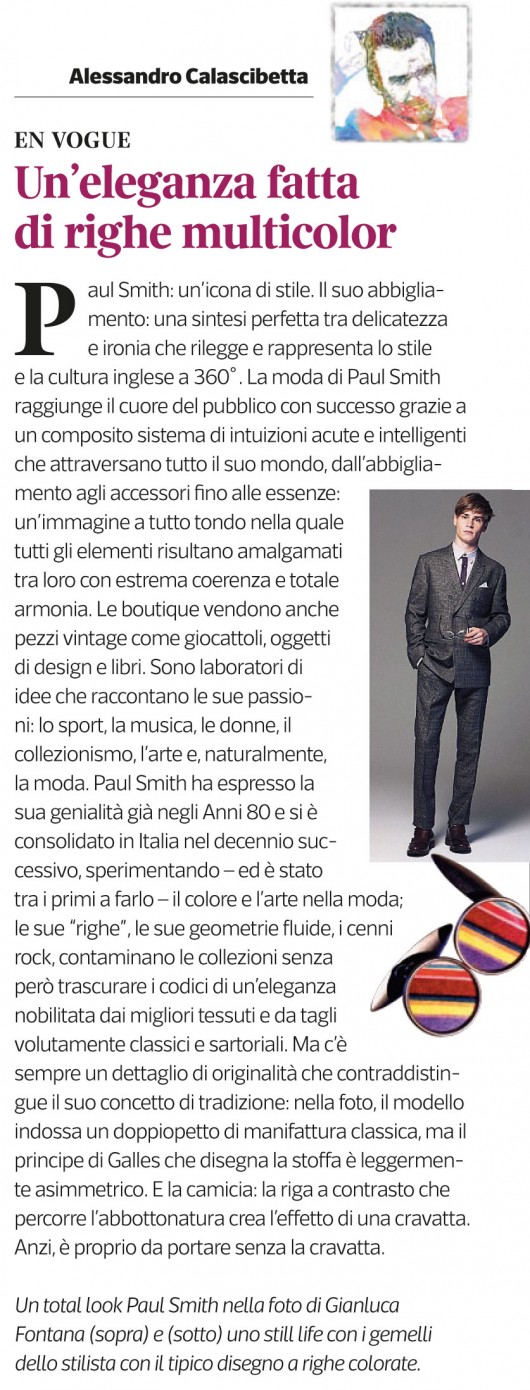SETTE MAGAZINE EN VOGUE TRIBUTO ALLA PELLE DELLA GIOVANE GAIA
Tribute to leather of the young Gaia. The first look on the catwalk indicates the mood of the fashion show, is a kind of introduction that gives suddenly an idea of the entire collection. It true, but it doesn’t mean that all outfits will look the same, because, in sequence, the mood is developed with different shapes and colours; but the first outfit remains – in the designer’s mind- the most important. Gaia Trussardi doesn’t disappoint this tradition, and infact for her debut she choose a total look that represents the leitmotif of her first s/s: leather and white. A hard inheritance, the Trussardi’s one: a maison that had in the past some problems to identify itself in a specific style, changing its personality too many times. And Gaia, properly, starts her path with a tribute to the strong point of Trussardi: leather, indeed. “To maintain a stylistic coherence, carrying on and merge in a single aesthetic the values that made the brand’s history is essential”. Some details in blue, a very particular suit (blazer and bermuda shorts) made of python leather, but in the main part milk-white or off-white, that gradually becomes darker till the shades of beige; “Actually” talks on Gaia, “these are the colours that represent an idea of relaxed elegance and are part of the brand DNA”. “Beige, white… the no-colours typical of the desertic stretches of American West; these shades matched with red and blue of the breath-taking sunsets of those places, give birth to a chromatic palette that evokes the landscapes that ispired the collection”. First outfit of the Trussardi 2014 s/s collection; below Filippo Timi with the python suit, picture by S. Giffthaler.





